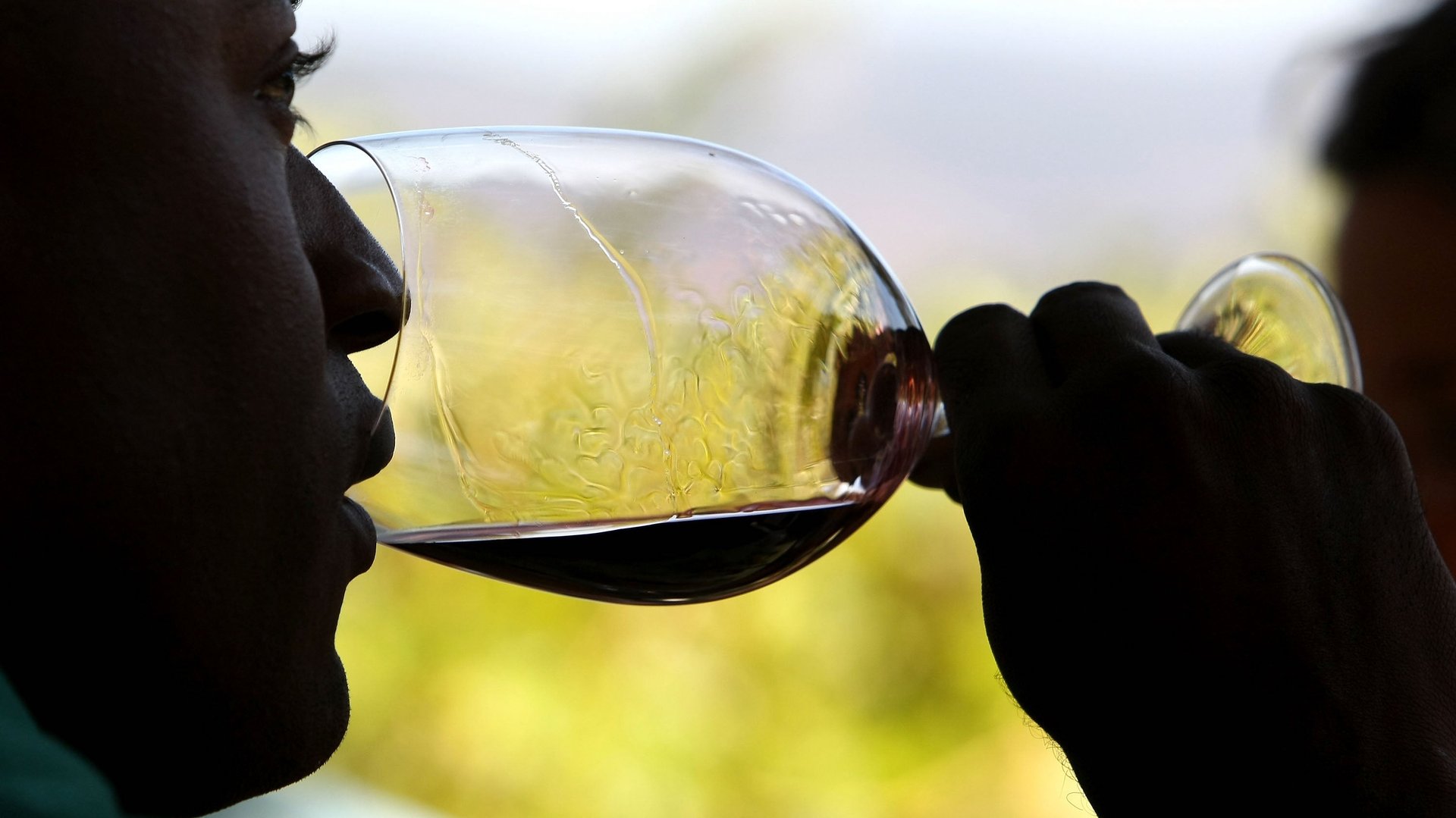How Fred Franzia kept "Two Buck Chuck" wine so cheap
Fred Franzia used lightweight glass and surplus wine to keep prices low on Charles Shaw

Charles Shaw wine holds a special place in the hearts of Americans who love both alcohol and bargains. Sold exclusively at Trader Joe’s stores since 2002, the wine affectionately known as “Two-Buck Chuck” is affordable (about $2 to $4 per bottle) and proudly unpretentious. It’s the kind of drink that an under-funded history department might set out for grad-student happy hour, or that house-party hosts plan to crack open toward the end of the night, when everyone is too tipsy to pay much attention to their quaff.
The entrepreneur responsible for the Two-Buck Chuck phenomenon is Fred Franzia, who died on Sept. 13 at age 79. He was the co-founder of Bronco Wine Company, which owns dozens of wine brands in addition to Charles Shaw and ranks as the 13th-largest winemaker in the US.
Franzia was born into the wine trade. His grandparents became wine makers after emigrating from Italy to California’s Central Valley and passed their vineyard, Franzia Brothers Winery, onto their children. His parents sold the Franzia business, still widely popular for its boxed wine, to Coca-Cola back in the 1970s.
The efficiencies behind Charles Shaw
Franzia went on to revolutionize the Napa Valley wine scene with his mission to “make cheap wine that yuppies would feel comfortable drinking,” as a 2009 New Yorker profile of Franzia put it. That goal was perfectly embodied in Charles Shaw, which is sold in a glass bottle capped with natural cork, making it appear classier than other value wines.
But how exactly did Franzia manage to keep Charles Shaw and other wines in his portfolio so cheap? Here are a few of the key tactics:
Bottling wine in lightweight glass. “A typical case of wine weighs about 36 pounds, while a case of lightweight bottles weighs 30 pounds. Which means Bronco can ship more at a time,” San Francisco public radio station KALW explained in 2020. Franzia told KALW that lightweight glass was “really starting to become a standard in the industry because the fuel is going up and when you are dealing with products under ten dollar a bottle, you are very sensitive to gas prices affecting your bottle of wine.”
Using cheap cork. Franzia opted for natural cork because he believed it produced better-quality wine than plastic corks or screw-tops, but chose the lowest-cost option—“a mold of small pieces with a real cork veneer at the bottom,” KALW explains.
Staying out of Napa. Bronco’s headquarters and the majority of its 400,000 acres of vineyards are located in San Joaquin Valley, where land is far more affordable than Napa or Sonoma. But as the New Yorker explains, because Bronco also has a bottling plant in Napa Valley, Charles Shaw wine can be labeled as “Cellared & Bottled by Charles Shaw Winery, Napa, CA.”
Buying up surplus grapes... Shortly before launching Charles Shaw in 2002, California began producing more grapes than the market. Franzia got the idea to start buying surplus grapes and wine (to be used in blends) in bulk.
...And, in the past, grape trickery. Franzia pled guilty to conspiracy to commit fraud for misrepresenting the grapes used to produce his wines back in 1994. “Fanzia was said to have instructed that Zinfandel leaves be scattered over less expensive grapes, a practice that he allegedly referred to by the Whitmanesque euphemism the “blessing of the loads,’” the New Yorker reports.
The legacy of Charles Shaw
Franzia was proud of his wine’s low prices: “You tell me why someone’s bottle is worth eighty dollars and mine’s worth two dollars,” he told the New Yorker. “Do you get forty times the pleasure from it?”
Interestingly, Charles Shaw wine was once significantly more expensive: Bronco acquired the brand after it went bankrupt in 1995. In a 2019 interview with the Stanford Graduate School of Business, the man who created his namesake label was philosophical about the brand’s evolution under Franzia and Trader Joe’s founder Joe Coulombe. “Joe and Fred saved the brand,” Shaw said, “and the brand survives today.”